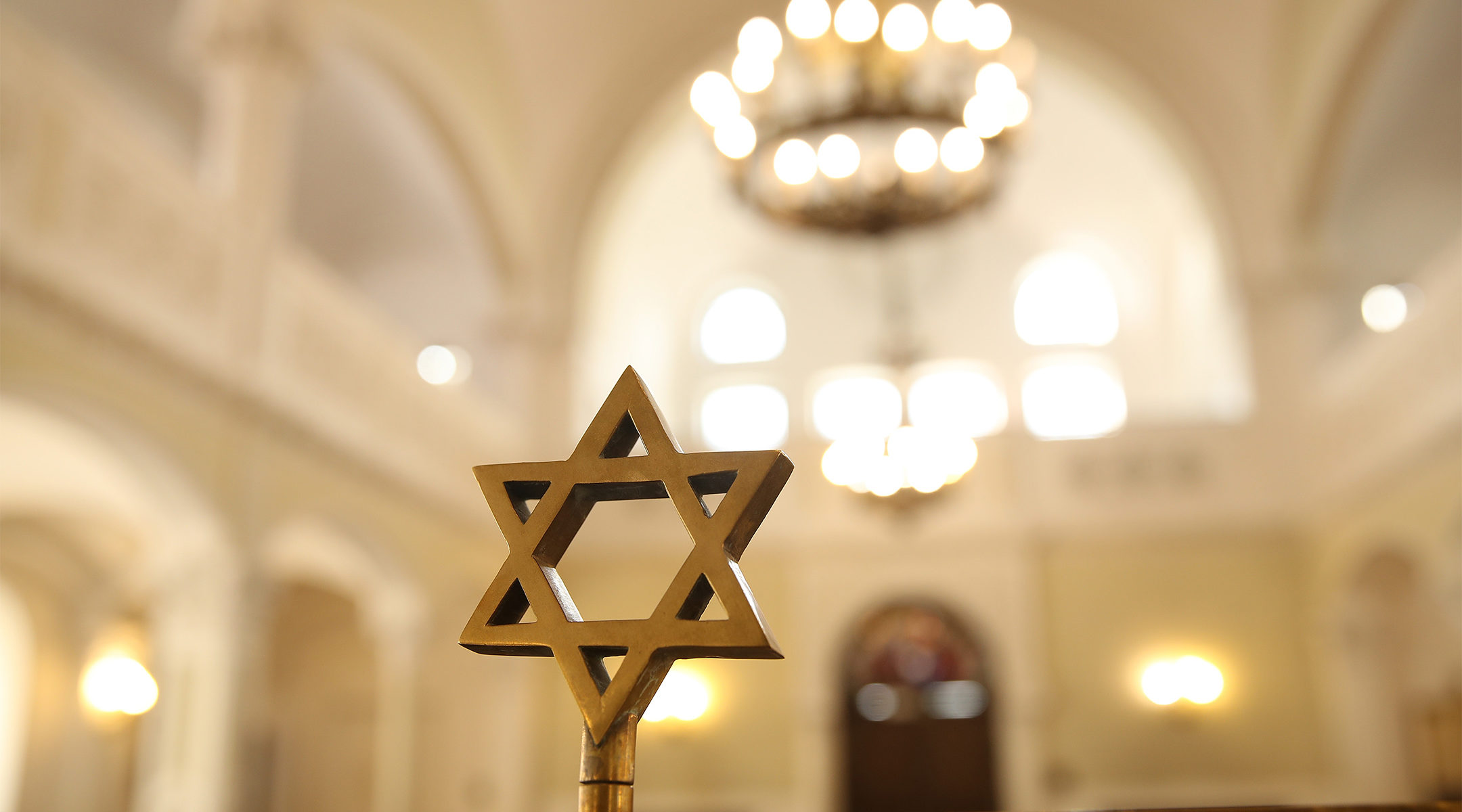 (Sean Gallup/Getty Images)
(Sean Gallup/Getty Images) Our new world is, at times, terrifying, filled with rage and emotion from racial, cultural and political shattering, the inevitable process so long overdue. Systems reflecting suppressed exposure of inequities, alienation and unconscionable mistreatment of many now are revealed, no longer below the surface.
Our country is divided, and confidence in its government structures has frayed to such an extent that the election this fall feels like our only hope for survival. Add a worldwide enemy — an illness so abhorrent, now affecting approximately 12 million people throughout the world — and the level of anxiety and fear is palpable. Almost every day, new symptoms are added to the list of possibilities, many hidden and not felt by those who are asymptomatic walking around. Front-line medical workers are stretched to the limits of physical and emotional exhaustion while hospitals in many states are nearly filled to capacity — subsequently demanding horrific decisions about who will be served and who will be abandoned to fate.
The financial realties for many are bleak, and the unknowns and the unpredictable fill our lives. Climate change impacts our future while deforestation destroys lands and potential food supplies. Along with the homeless situation, poverty, hunger, illness and lack of safety are becoming everyday realties for many. Hiding or protecting our faces behind masks — depending on how you view it — has become a necessity. Connecting to another now lacks the most expressive feature on our face: our mouth — that which offers a smile, a friendly and caring gesture that welcomes those we meet. The hand that reaches, holds and touches stays hidden for fear of contamination.
It is bleak and very real, yet so many of us, despite this onslaught, move forward, step by step, finding meaning and purpose in our lives.
Keeping our distance creates separation and isolation, reinforcing an “I-It” relationship and not the “I-Thou” philosopher Martin Buber taught would create true connection with another. Fear, paranoia and avoidance are bred between neighbors, states and countries, dissolving the permeable boundaries we once had, creating walls and dividers in their stead. And there are still those who struggle personally with mental or physical health, daily battles with their own enemies, profoundly challenged by pain, loss or disease — all within the larger, fragile world of these unprecedented times.
Yes, it is bleak and very real, yet so many of us, despite this onslaught, move forward, step by step, finding meaning and purpose in our lives. In the midst of both the knowledge and acceptance of these overwhelming realities, Jews continue their relationship with study, spiritual practice, and celebrating Shabbat and holidays.
For those of us who are clergy, we are acutely aware the Jewish year is winding down and preparations for the upcoming Yamim Noraim (Days of Awe) demand our attention. Faced with health and safety demands, we’re called to abandon services as usual. Being in the physical presence of community, one of the core values of our tradition — “God stands in the congregation of God” (Psalm 82:1)” — is a healing salve for many when faced with the yearly in-depth soul searching and desired repair. Walking into the womb of safety and familiarity, greeted by the warmth and acceptance of those I’ve shared years of spiritual growth and intellectual exploration is, for now, unavailable and on hold for a future time.
The pressure and responsibility not only of what messages are most important in these personal and national days of chaos but the form and structure these Holy Days will take challenges many of us in ways our education lacked training us for. Learning new platforms of presentation and its accompanying new language adds stressors to the already demanding work to support, teach and facilitate others in navigating these unchartered waters. We’re called to create and innovate as never before — both an exciting and frightening venture. For those who drive, there is the relief of not having the added stress of traffic, so sitting in the comfort of one’s home has its appeal; however, the limits of screen viewing impinge on the time we may expect our people to sit, watch and listen, no matter how inspirational we might be.
What do we keep and how do we decide what we cut? Are books sent or are prayers, readings and supplemental lyrics visually created for the screen? These are the new pedagogical questions. How and what we present now are necessary parts of preparation, expanding the already demanding workload.
Rosh Hashanah literally means “head of the year,” but the root in shanah also means “change,” shinui. “Shanah tovah,” the oft-used greeting, means have a “good change,” challenging individuals to examine routines, habits, struggles, behaviors, relationships and identity with confidence and hope to remake and re-create, renew, transform and uplift the past, facing “change” in the present for a revitalized future.
Whether professionally and/or personally, we are facing unparalleled demands, gifting opportunities for growth, expansion and change. May we all find the inner strength to face the impossible while rebirthing the new and the spectacular.
Eva Robbins is a rabbi and cantor, an artist and the author of “Spiritual Surgery, Journey of Healing Mind, Body and Spirit.”























 More news and opinions than at a Shabbat dinner, right in your inbox.
More news and opinions than at a Shabbat dinner, right in your inbox.